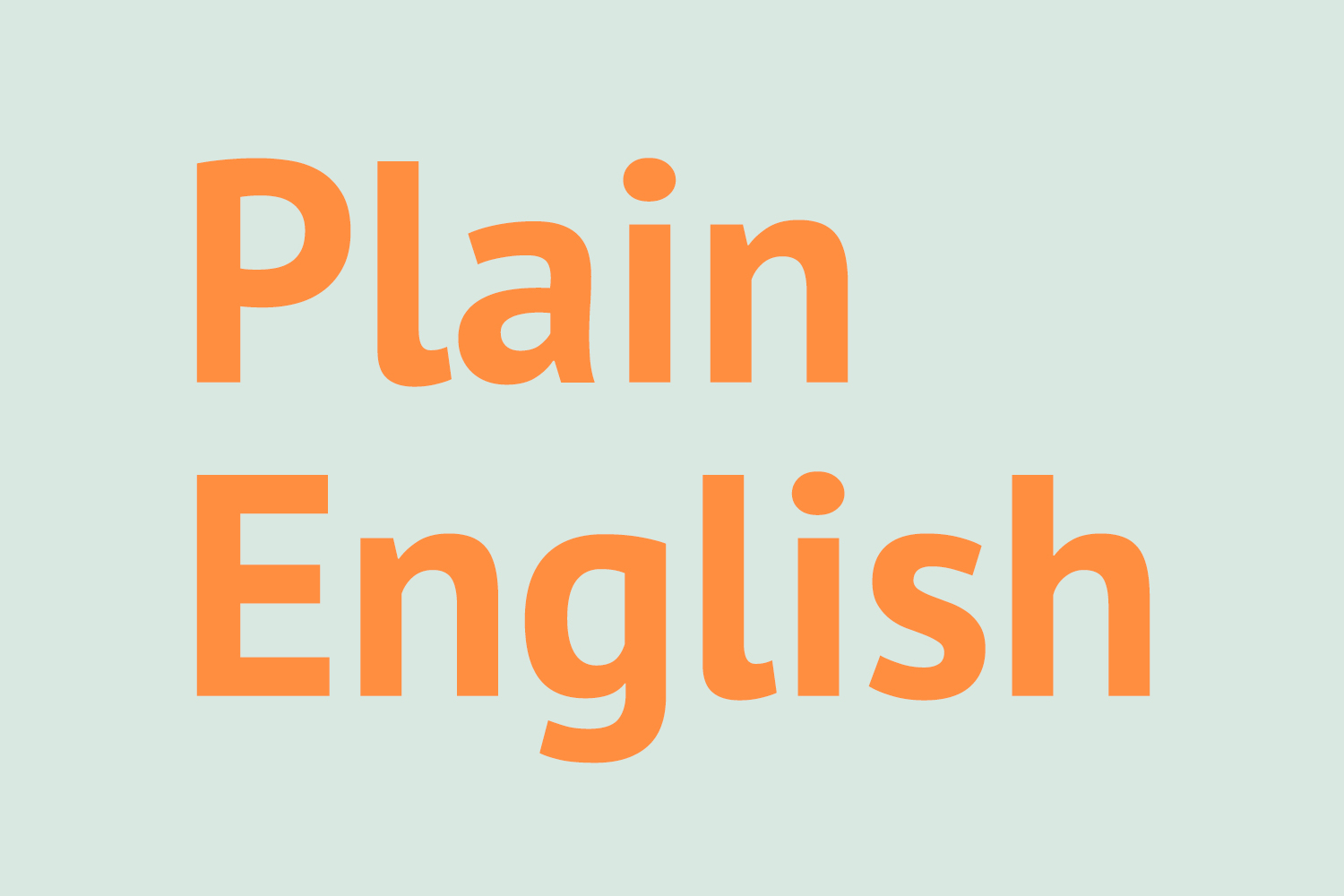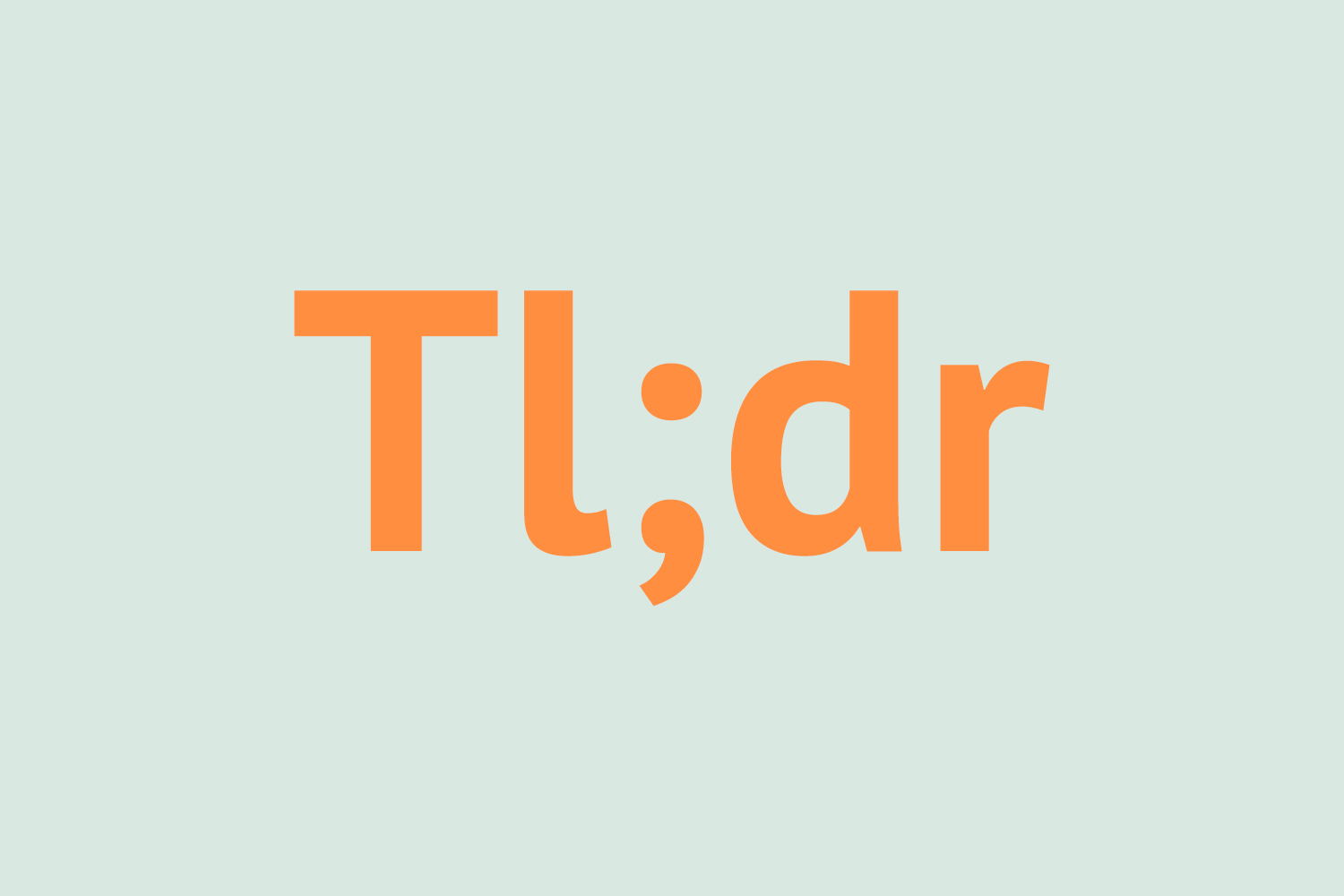Designing for users who are deaf or hard of hearing
This guidance is for web and digital professionals who want to make sure that their service is optimised for users who are deaf or hard of hearing.
There are 11 million people in the UK who are deaf or hard of hearing. (source: Hearing Link).
- 1 in 6 of the UK adult population is affected by hearing loss.
- There are 151,000 British Sign Language users in the UK.
- At least 4.4 million people with hearing loss are of working age.
- 6.7 million could benefit from hearing aids but only about 2 million people use them.
Excerpt from Jakob Nielsen, 1996, that is still relevant 24 years later:
People who are deaf or have other auditory disabilities rarely have problems on the Web since sound effects are usually totally gratuitous. The usability of a site almost always stays the same when the sound is turned off. With the trend toward more multimedia this is not going to remain the case, though. In particular, transcripts should be made available of spoken audioclips and videos should be made available in versions with subtitles (which will also benefit users who are not native speakers of the language used in the video).
The WCAG standards highlight how those who are deaf or hard of hearing access and navigate websites and how to cater to these individuals. This article summarises the top tips for best practice.
Write in plain English
Don’t use complicated words or figures of speech.
People who use British Sign Language may consider this to be their first language. They may consider English to be their second language.
Sentence structure differs between these two languages and therefore content should be kept simple to make it easier for British Sign Language users to read.
Language learners, or anyone doing the usual page scan for highlights, will benefit from plain English – and users with cognitive and learning disabilities will find it helpful too.
As with all web documents, the content should be marked up as standards-focused, semantic, and valid HTML.
Bonus tips:
- Write in a journalistic style: make your point and then explain it.
- Make one point per paragraph.
- Use short line lengths: seven to ten words per line.
Use subtitles or provide transcripts for videos
Don’t put content in audio or video only.
Users who are Deaf, deaf or hard of hearing will need to access your videos in a visual way. (Learn about the difference between ‘Deaf’ and ‘deaf’.)
Do not rely on the user’s ability to lipread to understand what is being said.
Videos should include subtitles, a transcript, or a British Sign Language interpreter – the more of these you can include the more user needs you will meet.
Article: How to make videos accessible with closed captions
Use a linear, logical layout
Don’t make complex layouts and menus.
Users who have English as their second language may find it tiring or difficult to read lots of text.
A logical layout can help users judge what content they need to read in order to complete their task.
We still stand by our visual design principles as a standard:
- Consistency
- Separation
- Simplicity.
Use logic when building your services and don’t make your users think too much. Websites should never be a problem-solving task for the end user.
Don’t make users read long blocks of content.
Allow plenty of time for users to interact with the website.
British Sign Language is a very visual language – using visuals instead of text may be of benefit to these users, given the right context.
Long blocks of text are difficult to read for those whose first language is not English.
Headers help to explain the purpose of the copy that follows.
Let users ask for their preferred communication support when booking appointments
Don’t make telephone the only means of contact for users.
A Deaf, deaf or hard of hearing user may not be able to answer a phone call. Allow for people to specify how they want to be contacted.
If your service requires face-to-face interaction, design the interface to allow for the user to request communication support (and what kind of support that needs to be).
A personal perspective
Google research scientist, Dimitri Kanvesky, has been working get “Live Transcribe”, an Android app, to allow people who are deaf or hard of hearing the opportunity to participate in real-time conversations.
Resources for this article
- Designing for deaf people when English is the second language
- Deafness and the User Experience
- BBC Subtitle Guidelines
- W3C
As always, remember to keep it simple!




